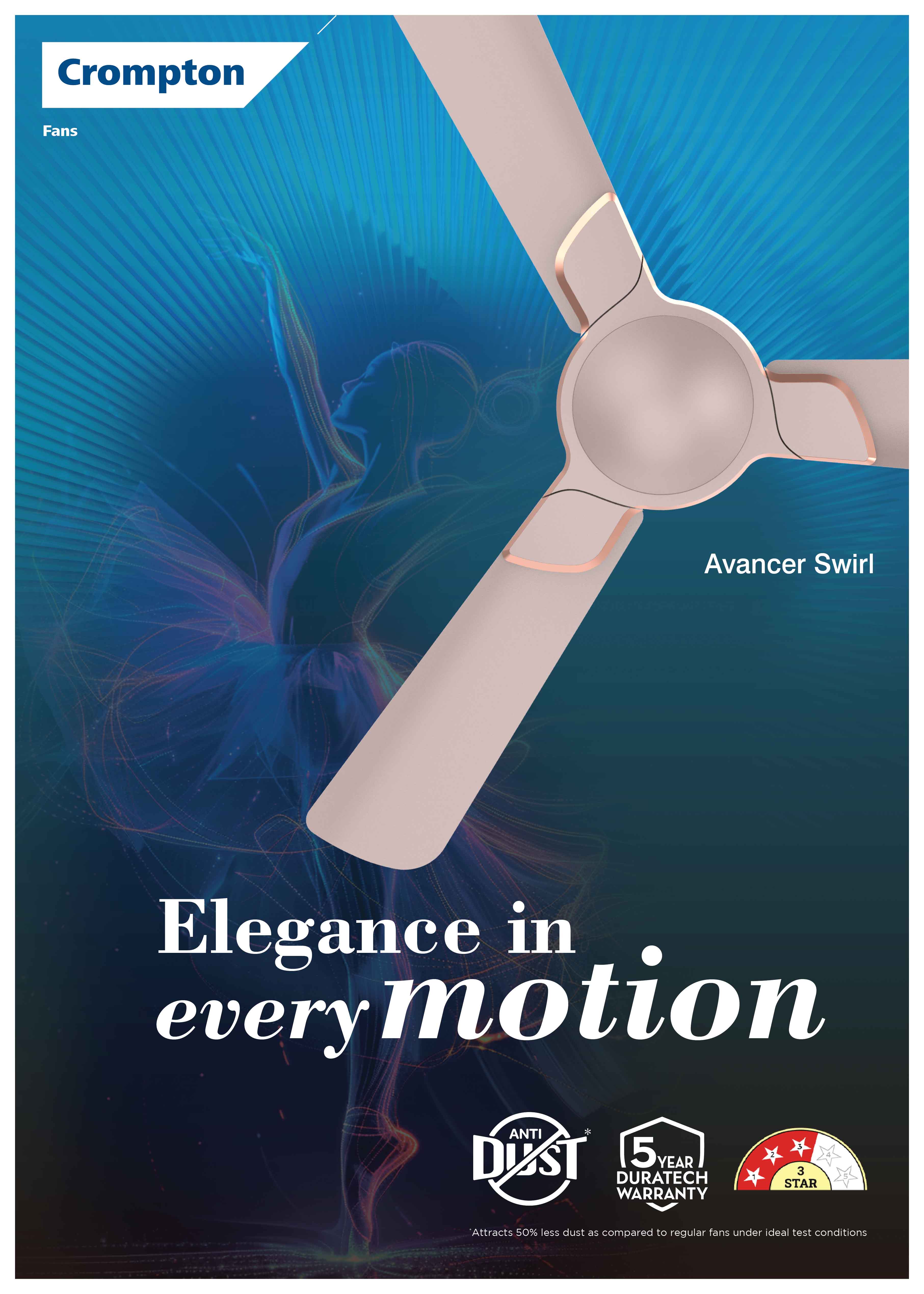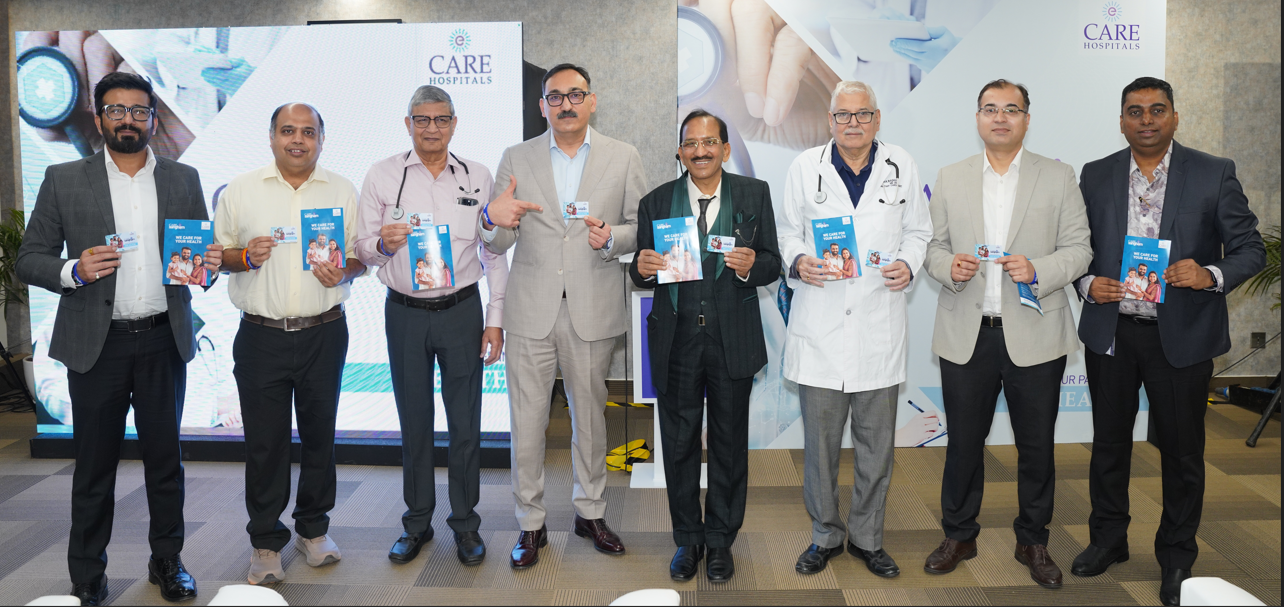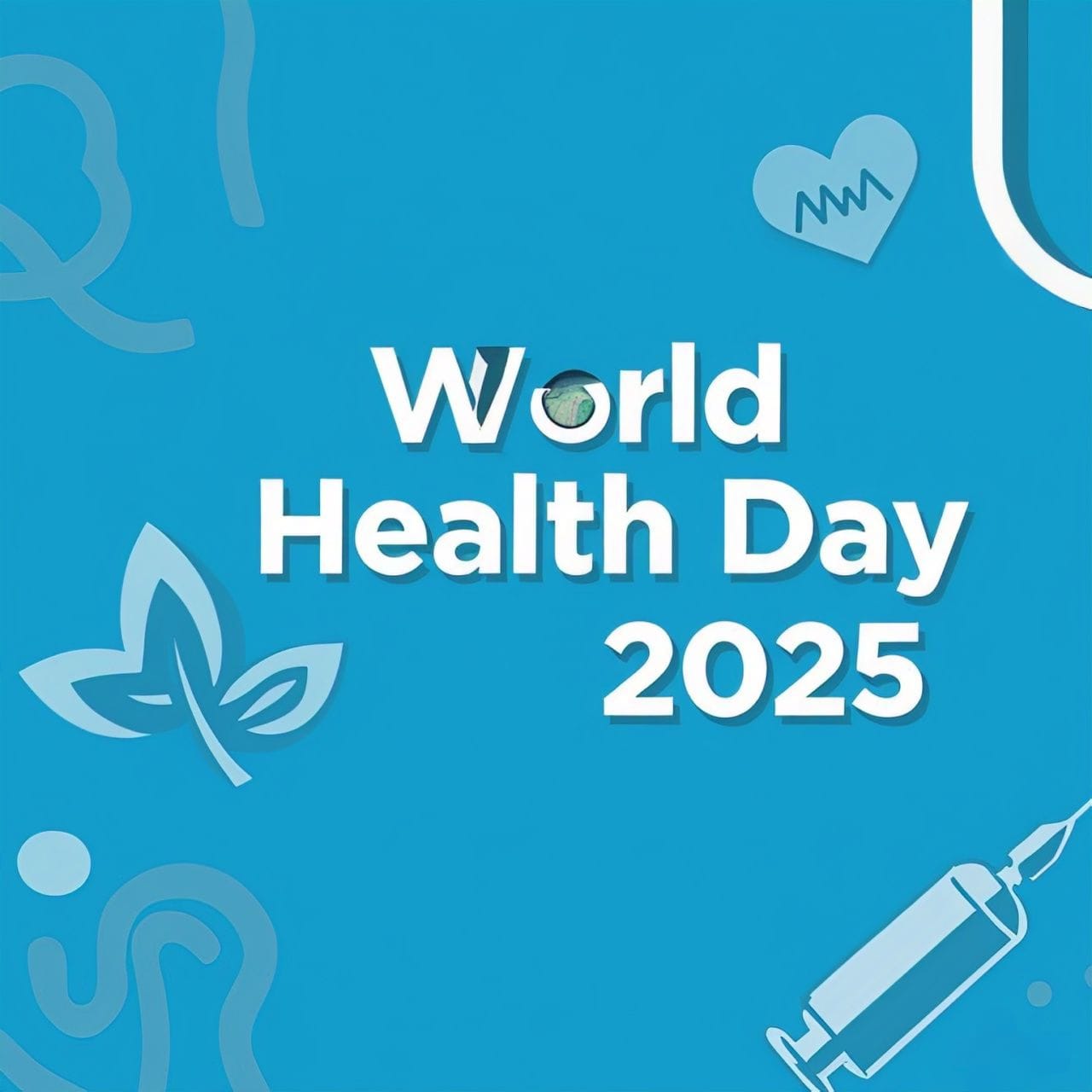Experts also welcome upsurge in the adoption of a rosacea signs and symptoms ('phenotype') led approach in clinical practice and announce the launch of prototype clinical tools to support physicians to optimize rosacea management
Updated global recommendations from the ROSacea COnsensus (ROSCO) expert panel call on dermatologists to recognize the importance of disease burden discussions, recommending the use of four specific questions to assist these conversations in practice. Additionally, in light of evidence showing the clinical benefits of patients reaching 'clear' (IGA 0)*, the panel recommends that "complete clearance" of symptoms should be the primary objective of any treatment regimen to reduce impact on quality of life and maximize patient satisfaction.
"Rosacea can sometimes present as a single feature, or more often as a combination of features. Once we correctly diagnose our patients, and truly understand their disease burden – both the visible and non-visible impact – aiming for 'clear' (IGA 0) is possible, resulting in improved quality of life, longer time to relapse, as well as reduced social and productivity burden." said ROSCO Panel Co-Chair Prof. Dr. Martin Schaller, Deputy Medical Director, Department of Dermatology, Tübingen University, Germany. "Given the significant benefits associated with achieving 'clear', it should become best practice to aim for complete clearance of symptoms, working closely with our patients to monitor their progress and adjust treatment accordingly."
ROSCO experts also recognize that previous guidance about transitioning towards a rosacea signs and symptoms-led approach to diagnosis, has been well received, with a rise in adoption and advocacy of the phenotype approach†in standard clinical practice.1-3
ROSCO expert feedback has also been used to develop the Rosacea Tracker prototype tool, a clinical checklist to help dermatologists surpass challenges to implementing the phenotype algorithm in clinical practice. Additional consensus was gained on 7 patient case studies representing the common rosacea phenotypes, providing support for dermatologists to identify these phenotypes in everyday practice.1
"Optimizing management of our rosacea patients is crucial. This new clinical tool can provide an ongoing record of a patient's rosacea features and helps assess changes over time including their impact and treatment response," said ROSCO Panel Co-Chair Prof. Dr. Jerry Tan, Adjunct Professor, Western University, Windsor, Ontario, Canada. "There have not previously been easy-to-use, point of care tools to assess all rosacea phenotypes. By using the ROSCO recommended methodology and tools, we aim to improve and advance the care of patients with this chronic skin disease."
The latest ROSCO recommendations provide a basis for local guideline development to further improve the management of rosacea, and thus improve outcomes, for rosacea patients globally.
* The success of rosacea treatment is usually defined as a score of 1 ('almost clear') or 0 ('clear') on the 5-point Investigator Global Assessment (IGA) scale. Several studies have shown that patients who achieve 'clear' (IGA 0), a complete reduction in symptoms, experience an extended time to relapse and an improved quality of life compared with patients who are 'almost clear' (IGA 1)4
† A phenotype approach allows for rosacea diagnosis and management according to a patient's presenting disease features, rather than grouping into pre-specified subtypes1

 The rosacea treatment algorithm, developed by ROSCO in 2017, has been updated with several new recommendations including the use of combination therapy to benefit severe patients and those presenting with multiple features, in line with latest clinical evidence.
The rosacea treatment algorithm, developed by ROSCO in 2017, has been updated with several new recommendations including the use of combination therapy to benefit severe patients and those presenting with multiple features, in line with latest clinical evidence.


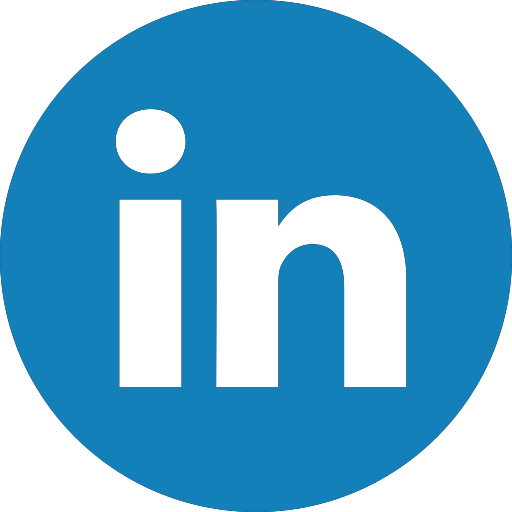






.jpeg)
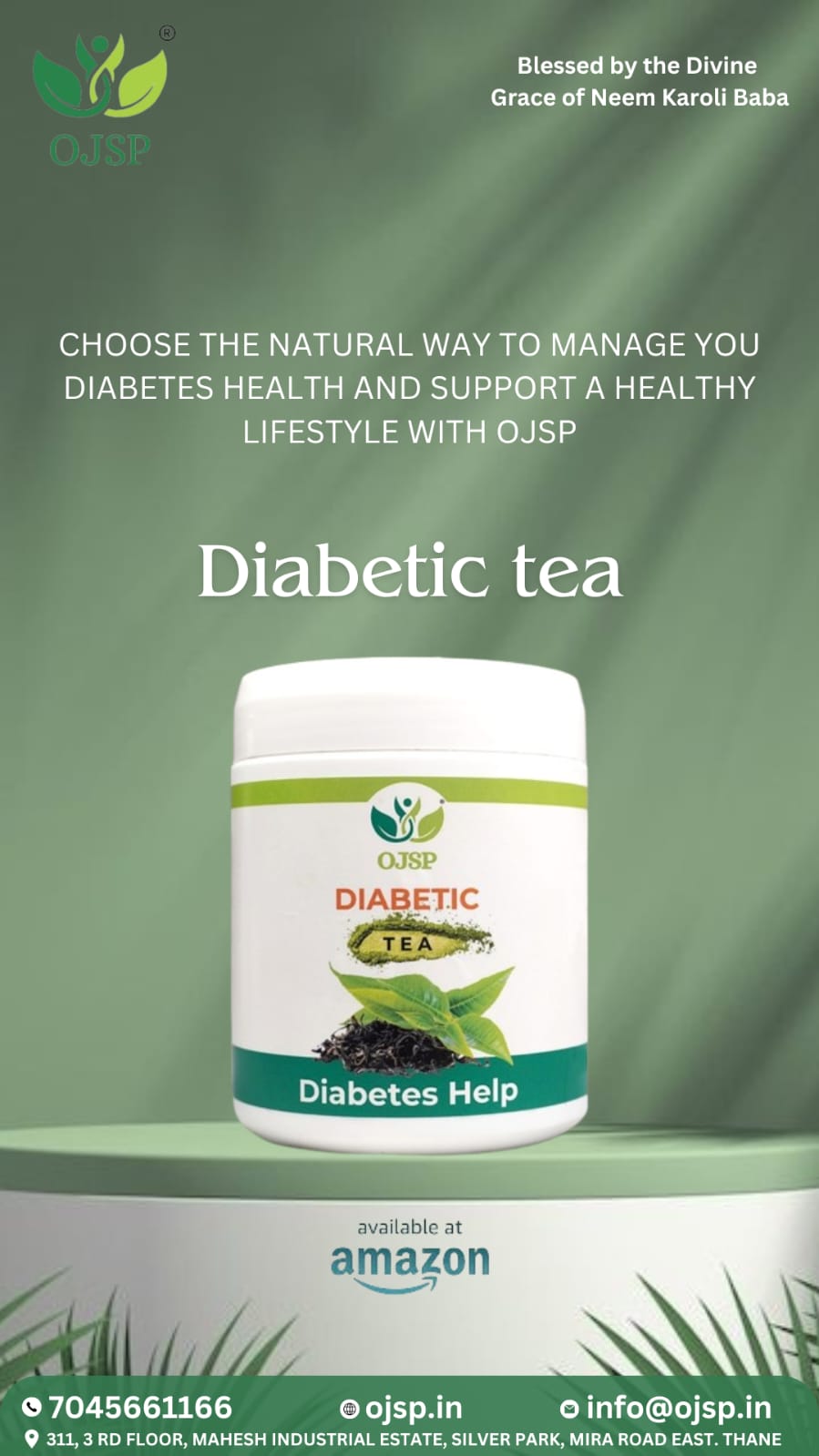
.jpeg)
.jpeg)
.jpeg)
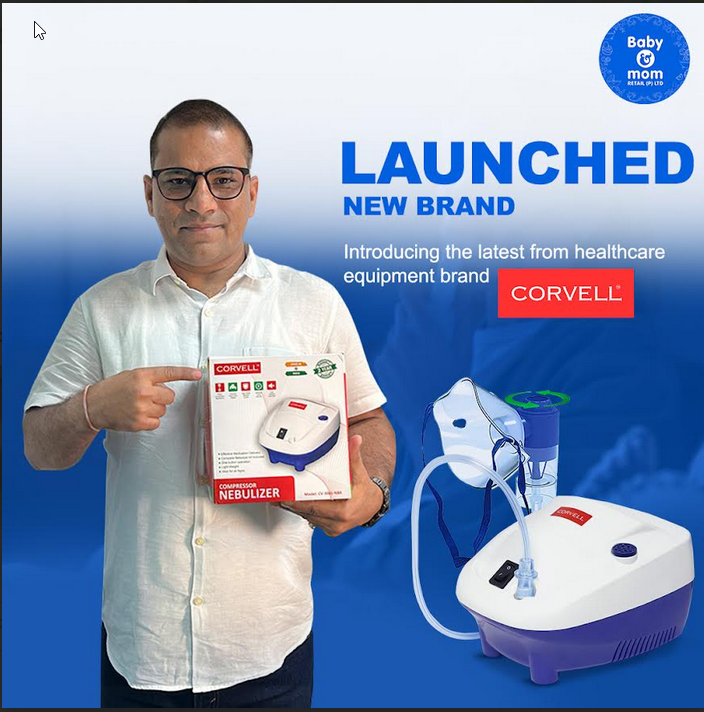

.jpg)


.jpeg)
.jpeg)
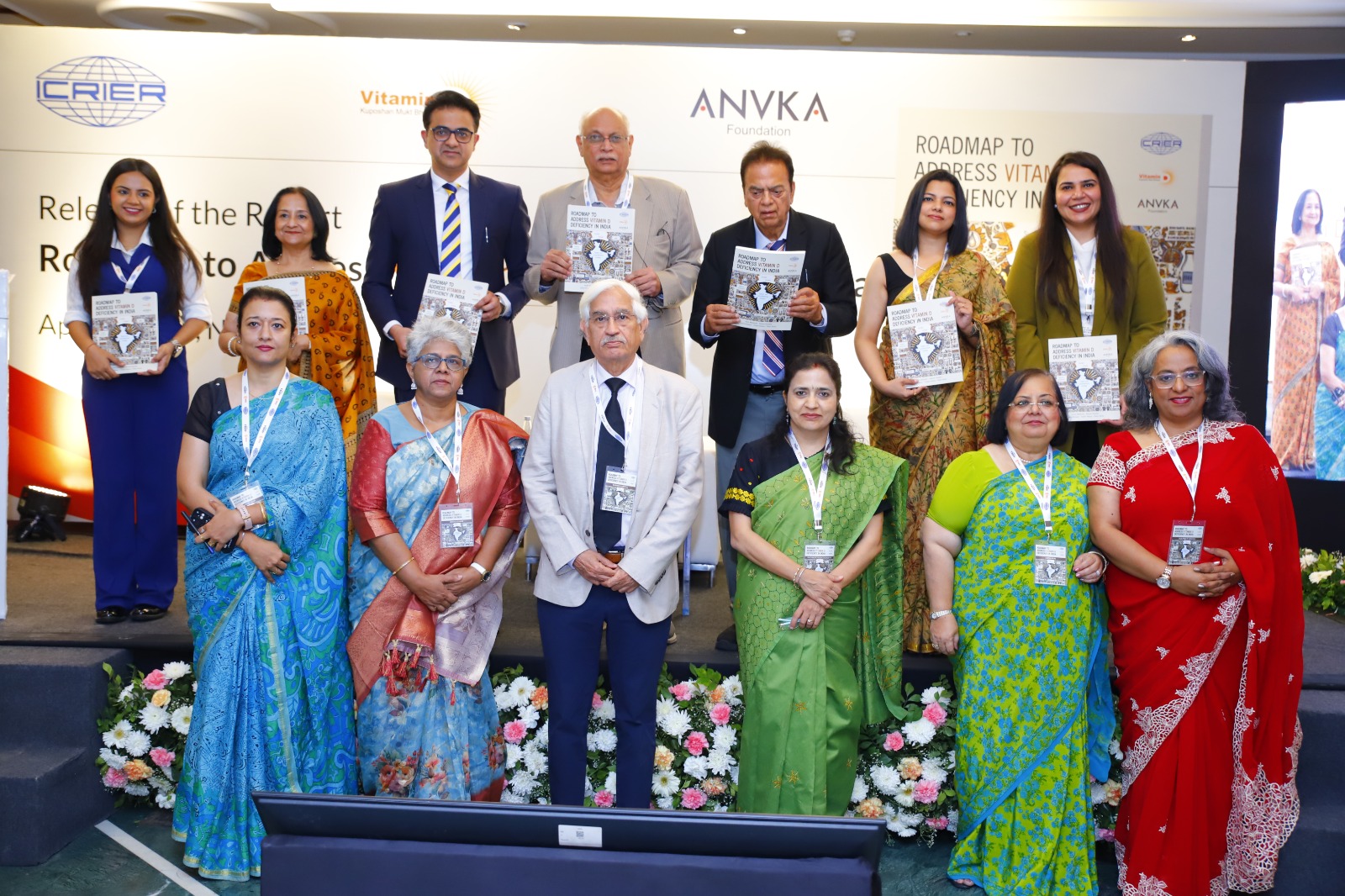

.jpeg)
.jpg)
